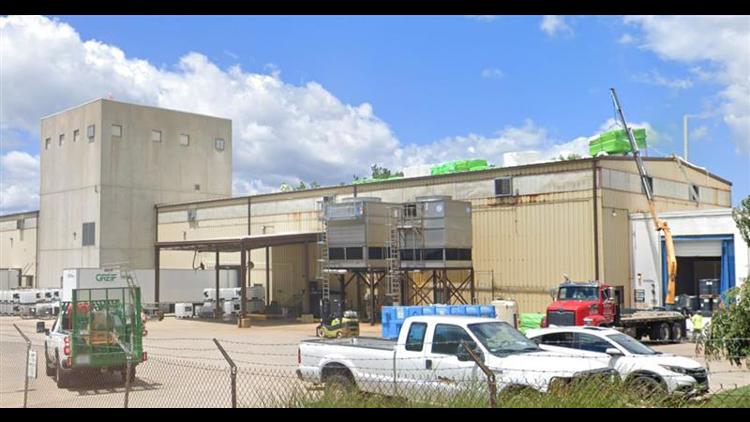LOUISVILLE, Ky. — A large explosion was reported Tuesday afternoon in Louisville's Clifton neighborhood, and it wasn't the first time the factory experienced a hazardous materials incident.
MetroSafe confirmed a large explosion occurred in the 1900 block of Payne Street at about 3 p.m.
Louisville Metro police advised the public to stay away from the area.
The business located at the address is the Givaudan Sense Colour company was formerly known as D.D. Williamson Company. It's known for producing the caramel color in soft drinks.
D.D. Williams and Company started in 1865 and was bought by Givaudan Sense Colour in 2021.
Givaudan Sense Colour also has facilities in the US, Ireland, and UK but they are headquartered in Louisville.
The Tuesday explosion is not the first time the plant on Payne Street has had issues.
In April 2003, one person was killed at the plant after a catastrophic vessel failure, according to the U.S. Chemical Safety and Hazard Investigation Board (CSB).
According to reports, a process vessel became overpressurized and failed catastrophically. The failure caused 26,000 pounds of aqueous ammonia (29.4 percent ammonia solution in water) to be released in the air.
During the 2003 explosion, 26 people were evacuated and 1,500 shelters in place. The explosion also caused extensive damage to the western end of the facility.
At the time, CSB determined the company "did not have effective programs in place to determine if equipment and processes met basic process and plant engineering requirements. The tank that failed had no relief device for overpressure protection, nor did it have basic process control or alarm instrumentation to prevent process upsets."
According to the report the vessel that caused the explosion was a "functioned as a feed tank for a spray dryer that produced powdered colorants."
The tank was heated with pressurized air and operated manually.
Documents also say the company "did not have adequate hazard analysis systems to identify feed tank hazards" or "adequate operating procedures or adequate training programs to ensure that operators were aware of the risks of allowing the spray dryer feed tanks to overheat and knew how to respond appropriately."
You can read the full report below:



